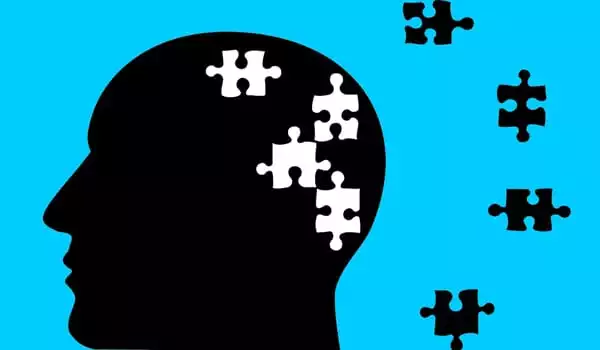Psychotic disorders are serious mental illnesses characterized by aberrant thoughts and perceptions. People suffering from psychoses lose contact with reality. Delusions and hallucinations are two of the most common symptoms. Delusions are incorrect beliefs, such as believing that someone is scheming against you or that your television is sending you hidden messages. Hallucinations are erroneous perceptions, such as hearing, seeing, or experiencing something that isn’t there.
Psychotic disorders are characterized by strange actions, erratic speech, and incomprehensible ideas. People who exhibit these characteristics are sometimes referred to as schizophrenia, but a doctor should be seen for a medical diagnosis. A psychiatrist should be consulted if physical causes for aberrant behaviors are ruled out.
Communication between brain areas is critical for the brain to process sensory inputs accurately and respond appropriately. However, dysfunctions in these communication networks may be substantially linked to the onset of schizophrenia. A team from the University of Geneva (UNIGE), Switzerland, has demonstrated this phenomena in humans for the first time, as part of the Synapsy National Centre of Competence in Research.
We suspected that gamma waves, the highest frequency of brain rhythms, play a decisive role in the development of schizophrenia symptoms. However, we still needed to show that the poor synchronisation of brain communication networks identified in mice exists in people.
Professor Stephan Eliez
The research team demonstrated that a reduction in the activation of gamma waves, which are known for their role in the proper transmission of information in the brain, was correlated with the emergence of psychotic symptoms even before full-blown disorders appeared by analyzing the brain activity of children, adolescents, and young adults with a genetic risk of the disease. This study, which was published in the American Journal of Psychiatry, allows for a very early diagnosis.
The electrical activity of neurons in the mammalian brain responds to oscillatory rhythms that electroencephalography can detect. The coordinated activation of these distinct waves, which govern, for example, the processing of sensory inputs or the consolidation of memories, allows the brain to function properly. “We suspected that gamma waves, the highest frequency of brain rhythms, play a decisive role in the development of schizophrenia symptoms,” say Stephan Eliez, professor in the Department of Psychiatry, and Christoph Michel, professor in the Department of Basic Neuroscience, who co-directed the research. “However, we still needed to show that the poor synchronization of brain communication networks identified in mice exists in people.”

Genetic predisposition
Adults with a chromosomal microdeletion 22q11 have a 25% to 30% chance of developing schizophrenia. “They are thus a particularly relevant at-risk population for researching the brain development of this disease,” explains Valentina Mancini, the first author of this study and a doctorate student in Stephan Eliez’s laboratory. People with schizophrenia frequently have a reduced ability to process auditory information; therefore, to detect any disruption in brain communication, the researchers measured gamma wave activation following an auditory stimulus in 22q11 patients of all ages, compared to people who did not have this microdeletion.
“Children and adolescents at genetic risk of schizophrenia illnesses but without obvious symptoms revealed the same patterns of gamma wave disruption as patients suffering from the disease,” explains Vincent Rochas, a scientific partner in Christoph Michel’s research. Furthermore, a linear increase in gamma-band oscillations was detected in adults with no genetic predisposition to schizophrenia, indicating a progressive maturation of communication between cerebral areas during development.
“However, this maturation is lacking in 22q11 patients regardless of age, implying an aberrant development of circuits underlying brain oscillations in adolescence,” emphasizes Valentina Mancini.
Intervening as early as possible
The researchers also discovered a robust link between gamma-band activation deficit and the severity of psychotic symptoms like auditory hallucinations, suggesting the existence of a neurobiological development of the disease. “Our findings demonstrate that this impairment manifests itself quite early,” the authors emphasize. “We now aim to determine the optimal timing to intervene in relation to this pathological shift during the child’s development.”
Furthermore, mouse studies show that targeted neuroleptic treatments are effective in correcting neural dysfunctions; additionally, the gamma-band impairments identified here could be restored using non-invasive neurostimulation techniques targeting the affected brain regions, opening the door to completely new therapeutic perspectives for treating an often fatal disease.
















